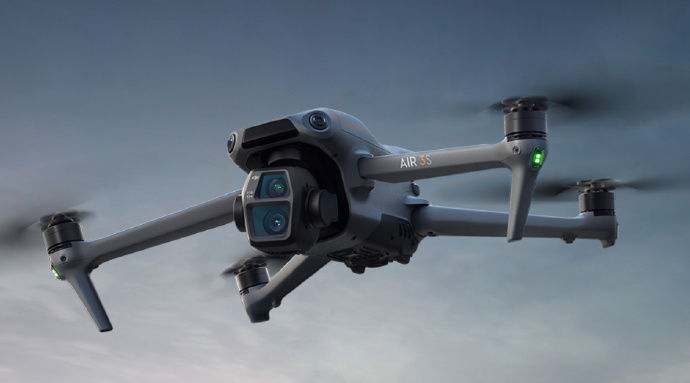In recent years, air force combat drones have emerged as a transformative force in modern warfare, providing unmatched capabilities in surveillance, target acquisition, and precision strikes. These unmanned aerial vehicles (UAVs) are not only efficient but also pivotal in reducing the risk to human pilots during dangerous operations. The rapid advancements in drone technology have allowed military forces worldwide to execute missions with unprecedented effectiveness and accuracy.
The Evolution of Combat Drones
Initially developed for reconnaissance and intelligence gathering, combat drones have undergone significant evolution to become vital assets in offensive operations. Early models were limited by short flight durations and restricted operational ranges. However, modern drones boast extended endurance, advanced stealth features, and enhanced payload capacities, making them indispensable tools in contemporary military strategies.
One of the key innovations is the improvement in artificial intelligence (AI), which allows drones to process vast amounts of data in real-time, facilitating better decision-making in dynamic battlefield environments. With capabilities such as autonomous flight patterns and real-time threat analysis, the role of AI in air force combat drones is profound and ever-expanding.

Current Technologies and Features
Today’s combat drones are equipped with state-of-the-art technology, including high-definition cameras, thermal imaging sensors, and satellite communication systems. These features enable drones to perform complex maneuvers, engage enemy targets with pinpoint accuracy, and relay critical battlefield information to command centers efficiently. As technology continues to evolve, so does the integration of weapons systems into drones, ranging from precision-guided missiles to electronic warfare units.
The Strategic Importance of Drones
The strategic advantages provided by air force combat drones are multifaceted. They enable forces to conduct operations in hostile environments without direct risk to personnel, maintaining the element of surprise and minimizing collateral damage. Additionally, drones contribute to the intelligence, surveillance, and reconnaissance (ISR) operations, providing real-time footage and data analytics that enhance situational awareness.
Challenges and Ethical Considerations
Despite their advantages, the use of combat drones is accompanied by significant challenges and ethical dilemmas. Issues such as the potential for civilian casualties, international law implications, and the psychological impact on drone operators are topics of ongoing debate. The rise of autonomous weapons has also sparked discussions on the future rules of engagement and accountability in warfare.
Future Prospects
As drone technology continues to advance, future prospects include swarms of interconnected drones working collaboratively, advancements in stealth technology, and integration with augmented reality (AR) for enhanced field operations. These innovations promise a new era in military strategy, where air force combat drones will play a central role in securing tactical advantages.
Frequently Asked Questions
What are combat drones?
Combat drones are unmanned aerial vehicles used primarily for military operations, capable of surveillance and executing precision strikes.
How do drones impact modern warfare?
Drones provide strategic advantages such as reduced risk to personnel, enhanced intelligence-gathering capabilities, and increased operational effectiveness in hostile environments.

What ethical issues surround the use of combat drones?
Concerns include civilian casualties, potential violations of international laws, and the moral implications of autonomous weaponry systems.